Oxidation is a natural process that affects the metal on many of our cars and other vehicles. However, it’s important to know how much undercarriage rust is considered normal before taking preventative measures.
Anything more than light surface rust may indicate an underlying issue or signs of rust under car neglect and should be addressed as soon as possible.
For vehicles over 10 years old, some level of rust accumulation is considered normal, however anything beyond minor surface oxidation could signal further deterioration and warrant a closer inspection.
How Much Undercarriage Rust is Normal?
A small amount of surface rust on the undercarriage of a vehicle is normal, Frame thickness loss of less than 20% – 25% is acceptable. but deep or widespread rust could be a sign of a more serious problem. Generally, vehicles less than 10 years old should have very little to no visible rust on their underside.
| Severity | Description | Concern? |
|---|---|---|
| Surface rust | Thin, flaky rust on the surface of the metal | Not typically a concern, but should be monitored |
| Moderate rust | Rust that has penetrated the surface of the metal, but has not yet caused any significant damage | More concerning than surface rust, but may not be a major problem yet. Should be inspected by a mechanic |
| Deep rust | Rust that has penetrated all the way through the metal, causing significant damage | A major concern. Deep rust can weaken the metal and compromise the structural integrity of the vehicle. Should be repaired immediately |
| Widespread rust | Rust that is present over a large area of the undercarriage | A major concern. Widespread rust is more likely to cause structural problems and other problems, such as leaks and mechanical failures. Should be repaired immediately |
Should I Buy a Car with Rust Underneath?
Buying a car with rust underneath is a risky proposition. Minor surface rust may not be a big deal, but deep or widespread rust could cause structural problems and compromise the safety of the vehicle. It’s best to have a qualified mechanic inspect the car before you buy it.
If you’re in the market for a used car, you may come across a potential vehicle that has some rust under car. This can be a cause for concern and leave you questioning whether or not you should proceed with the purchase.
Rust is not just a cosmetic issue; it can affect the structural integrity of the car and potentially lead to costly repairs down the line.
Assess the Severity of The Rust Under Car:
As you can see in this picture below:

Before making a decision, it’s important to assess the severity of the rust. Surface rust, which is merely superficial and can be easily treated, is generally not a major issue.
However, if the rust has penetrated the metal and is causing structural damage, it’s best to proceed with caution.
Potential for Compromised Safety:
One of the main risks associated with rust underneath a car is the potential for compromised safety. Rusty Undercarriage weakens the structural integrity of the vehicle, making it more susceptible to damage in the event of an accident.
This could put you and your passengers at a higher risk of injury. Additionally, rust can spread over time, further deteriorating the vehicle’s frame and causing potential problems with suspension components.
Cost is another factor to consider.
While the initial price of a car with rust underneath may be enticing, the potential cost of repairs and ongoing maintenance could outweigh any savings.
Rust removal and repairing damaged areas can be a costly and time-consuming process, and in some cases, it may be more cost-effective to simply find another car without rust issues.
Think About the Resale Value of A Car with Rust:
It’s also important to think about the resale value of a car with rust. Rusty Undercarriage is often seen as a red flag for potential buyers, and it can significantly decrease the value of a vehicle.
If you have plans to sell or trade in the car in the future, it may be wise to avoid purchasing a car with rust underneath.
Have a Trusted Mechanic Inspect the Vehicle:
Here in this image you can see the procedure of inspection rust by a mechanic:

Before making a final decision, it’s always a good idea to have a trusted mechanic inspect the vehicle to give you a professional opinion on the severity of the rust and any potential risks or costs associated with it.
Taking this step can save you from making a regrettable purchase and ensure that you find a vehicle that meets your needs and provides you with long-lasting reliability.
You can also watch this video from trusted mechanic:
How Much Rust Is Too Much on A Car?

The amount of rust that will be acceptable depends on several factors, such as the make and model of the vehicle, its age and condition, and what type of environment it’s regularly exposed to.
So, How Much Rust Is Too Much? In general terms however, any visible surface rust should be treated as soon as possible, especially if it’s flaking off or breaking away from metal surfaces.
Rust can cause serious damage over time by eating away at metal components underneath your car, eventually leading to cracks in essential steel parts which may require extensive repair work or even replacement.
If left untreated for long enough periods of time, rust can begin to corrode brake lines (resulting in dangerous braking failure) and exhaust systems (which could cause extremely loud noises).
How to Remove Undercarriage Rust?

A rusted undercarriage in a vehicle can be an eyesore and potentially lead to serious damage if left untreated.
1. Using Abrasive Sandpaper or A Grinding Wheel:
One possible solution is to use abrasive sandpaper or a grinding wheel to remove the rust.
- High-performance aluminum oxide grain offers long life and aggressive material removal, suitable for 1/4 mandrels and up to 13,300 RPM.
- Low vibration design ensures operator convenience and longer usage, ideal for metal fabrication, auto shops, maintenance, and construction.
- All-purpose grinding disc for edges and surfaces with excellent stock removal rate, ideal for cleaning, rust removal, deburring, and polishing.
- Depressed center design for aggressive grinding and smoother running wheels, perfect on solid construction steel, tool steel, and high-speed steel.
- Fully waterproof Silicon carbide sandpaper for use with wet, oiled or dry applications.
- Great for wet or dry sanding between coats for a high gloss finish.
- Flexible A-Weight Paper.
- Perfect for automotive sanding and dry wood sanding
2. Using a Rust Converter:
Another option is to use a rust converter, which chemically changes the rust into a stable compound that can be painted over for added protection.
- CONVERT RUST: Convert rust to an inert coating that seals out moisture to prevent further corrosion
- SAFE TIME & MONEY: Eliminates the need for sandblasting, grinding or scraping
- EFFICIENT: 1 Gallon Covers 500 square of smooth, nonporous surface – That‘s an entire Dumpster!
- ULTIMATE PROTECTION: Convert toughest rust and corrosion caused by all types of weather conditions
- MULTI-USE: Use for automobiles, machinery, railings, structures, tools, marine applications and more! 30 DAY HASSLE FREE MONEY BACK GUARANTEE – We value our customers and we stand behind ALL of our products 100% with no questions asked! If you are not pleased simply call or email us with your order number and we will reimburse you in FULL!
Overall, removing undercarriage rust is a time-consuming process but taking the effort to do so can greatly improve the look and longevity of a vehicle.
Is Rust Under a Car Bad?
Rust under a car can be bad, depending on the severity. Surface rust is not typically a cause for concern, but deep or widespread rust can weaken the metal and compromise the structural integrity of the vehicle.
This can make the vehicle less safe in a collision and can also lead to other problems, such as leaks and mechanical failures.
Here are some things to consider when assessing the severity of rust under a car:
- Location of the rust: Rust on the undercarriage is more concerning than rust on the body panels. This is because the undercarriage is responsible for supporting the weight of the vehicle and protecting the engine and other important components.
- Depth of the rust: Surface rust is only a few millimeters deep, while deep rust can penetrate all the way through the metal. Deep rust is much more likely to cause structural problems.
- Extent of the rust: If the rust is widespread, it is more likely to be a problem. A few small patches of rust are less concerning than a large area of rust.
If you are unsure about the severity of rust under a car, it is best to have it inspected by a qualified mechanic. They can assess the risks and recommend any necessary repairs.
Is It Safe to Drive a Car with Rust Underneath?
It is generally safe to drive a car with surface rust underneath. However, if the rust is deep or widespread, it is important to have it repaired before driving the car.
Deep rust can weaken the metal and compromise the structural integrity of the vehicle, making it less safe in a collision.
How to Prevent Rust on A Car?
The best way to prevent rust on a car is to keep it clean and dry. Wash the car regularly and be sure to dry the undercarriage thoroughly after washing.
You can also apply a rust inhibitor to the undercarriage to help protect it from the elements.
If you do notice rust on your car, it is important to have it repaired as soon as possible. This will help to prevent the rust from spreading and causing further damage.
Causes of Undercarriage Rust:
Undercarriage rust is a common problem that can cause damage to the bottom of your vehicle. It’s important to understand what causes this so you can take steps to prevent it and know when it becomes excessive.
Salt Water:
Salt water is one of the most damaging elements in causing undercarriage rust.
If your car has been frequently exposed to salt water, whether through ocean spray or regular trips on salted roads during winter months, then this could be causing severe corrosion and rusting of metal components underneath your vehicle.
Moisture Exposure:
Another major cause of undercarriage rust is moisture exposure from rain, snow, or other precipitation.
This moisture can easily penetrate any cracks or crevices in uncoated metal surfaces beneath your car, leading to oxidation which can lead to long-term damage if not addressed quickly enough.
Reda More: When Is It Too Late to Change Transmission Fluid?
Identifying Different Levels of Rust Damage:
Rust damage can come in all shapes and sizes, so it’s important to know how to identify different levels of rust damage.
Surface Rust:
The most common type of rust is surface rust, which may appear as a light flaky or powdery coating on metal surfaces. This type of damage is generally not severe and can often be removed with sanding or scraping.
Serious Forms of Rust Include Pitting:
More serious forms of rust include pitting, which occurs when the metal corrodes away from the surface in pockets or pits.
These spots are more difficult to repair and often require welding or replacement parts. Severe corrosion also has several signs including discoloration, cracking, blisters, holes, warping and bubbling paint.
Red Dust Around Connection Points:
Finally red dust around connection points such as nuts and bolts oftentimes indicates internal corrosion within structures where moisture has been trapped over time leading to oxidation between two metals reacting together creating iron oxide.
Diagnosing Severity of Vehicle Rust Damage:
Rust is a very common problem for vehicles, especially those that are more than a few years old. Rust can cause severe damage to the vehicle’s undercarriage, and it can be difficult to tell how much rusting is normal for an older car.
Fortunately, there are some ways to diagnose the severity of rust damage on your vehicle so you know what steps to take next.
The first step in diagnosing severity of rust damage is inspecting each individual component underneath the car or truck.
You should look out for any areas where metal has been eaten away or pitted by corrosion and note any flaking paint due to oxidation.
In addition to looking at individual components, measuring panels is another way to assess the level of corrosion present.
Finally, if you suspect there could be extensive corrosion present beneath your vehicle then it might be worth getting a professional opinion from a qualified mechanic who has experience working with cars prone to corrosive wear-and-tear over time due to salt exposure.
Must Read: Is Mazda Awd Good?
Sources for Gauging Normal Amounts of Undercarriage Rust:
In order to gauge what qualifies as a normal amount of undercarriage rust, it is important to understand the source of the rust.
The most common sources are road salt, water, and dirt that accumulates on the vehicle’s underside over time.
Preventative Measures to Reduce Vehicle Undercarriage Rust:
Rust on the undercarriage of vehicles can be a major issue if left unchecked. To minimize the risk of rust damaging your vehicle, there are several preventative measures that can be taken.
Routinely Inspect and Clean the Underside of Car:
First, routinely inspect and clean the underside of your car with specialized cleaning brushes and pressure washers to remove dirt and debris which could trap moisture and promote corrosion.
Pay Particular Attention to Areas:
Make sure to pay particular attention to areas such as wheel wells, exhaust hangers, sills, spare tire mounts or any other crevices where water may accumulate more easily.
Regular Cleaning:
In addition to regular cleaning, using an approved wax or polish with rust-inhibiting properties is also recommended.
These products seal the metal surface from oxygen exposure while providing additional protection against road salts in winter climates which accelerate corrosion formation due to their corrosive properties.
Regularly Check for Signs of Damage:
Lastly make sure you regularly check for signs of damage such as leaks caused by worn seals or clamps in order to identify potential sources of moisture quickly.
More: Can You Survive in T-boned at 40 Mph?
Conclusion and final thoughts 💭
How Much Undercarriage Rust is Normal? It is clear that rust is a natural occurrence when it comes to an automobile’s undercarriage.
While some vehicle owners may choose to repair the rust, others may decide not to address it until it becomes a bigger issue.
It is important for drivers to regularly inspect their vehicles for any signs of rust, so they can take preventative measures and keep their car in optimal condition.
FAQs
Should I Buy a Car with Rust Underneath?
Firstly, assess how extensive the rust is and where exactly it’s located. If the rust has spread extensively along the frame or other load-bearing components, then this could indicate serious corrosion and may lead to safety issues in the future.
Secondly, consider what type of vehicle you’re looking at buying, age and size will both affect how much undercarriage work is necessary for proper maintenance or repair jobs.
Is Undercarriage in Rust Normal?
The presence of rust on an undercarriage is normal and expected; however, the extent of rust can vary greatly.
Rusting generally occurs in areas where moisture accumulates or where exposed metal components are vulnerable to corrosion.
Generally speaking, if left unchecked, visible signs of rust will continue to accumulate over time as a vehicle ages.
Latest Posts:
- 10 Best Gear Oil for Limited Slip Differentials (Reviewed!)
- Allison 1000 Transmission Fluid Type (5 Best Options!)
- 91 Octane Vs 93 Which One You Use? (The Surprising Truth!)
- Oil Pressure Gauge Not Working: (Guaranteed Fix!)
- 10 Best Transmission Fluid for 4l60e (Tested by Experts!)
- 10 Best Ceramic Coating For Wheels (Used By Real Users!)

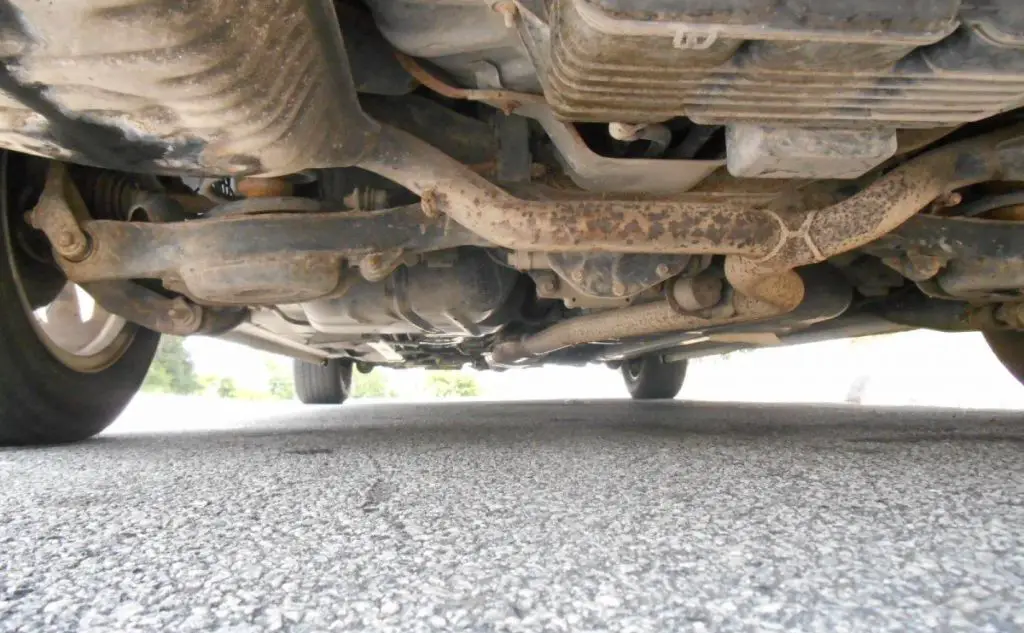
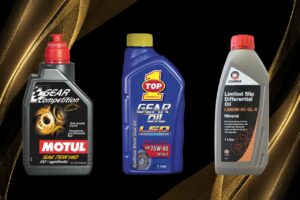
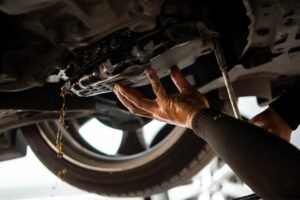

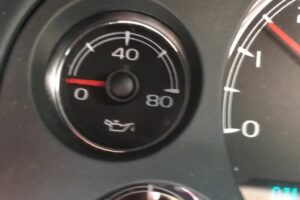
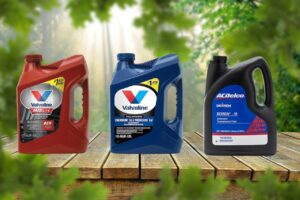
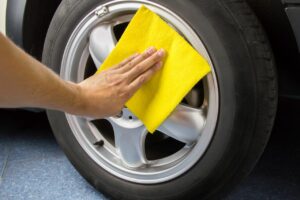
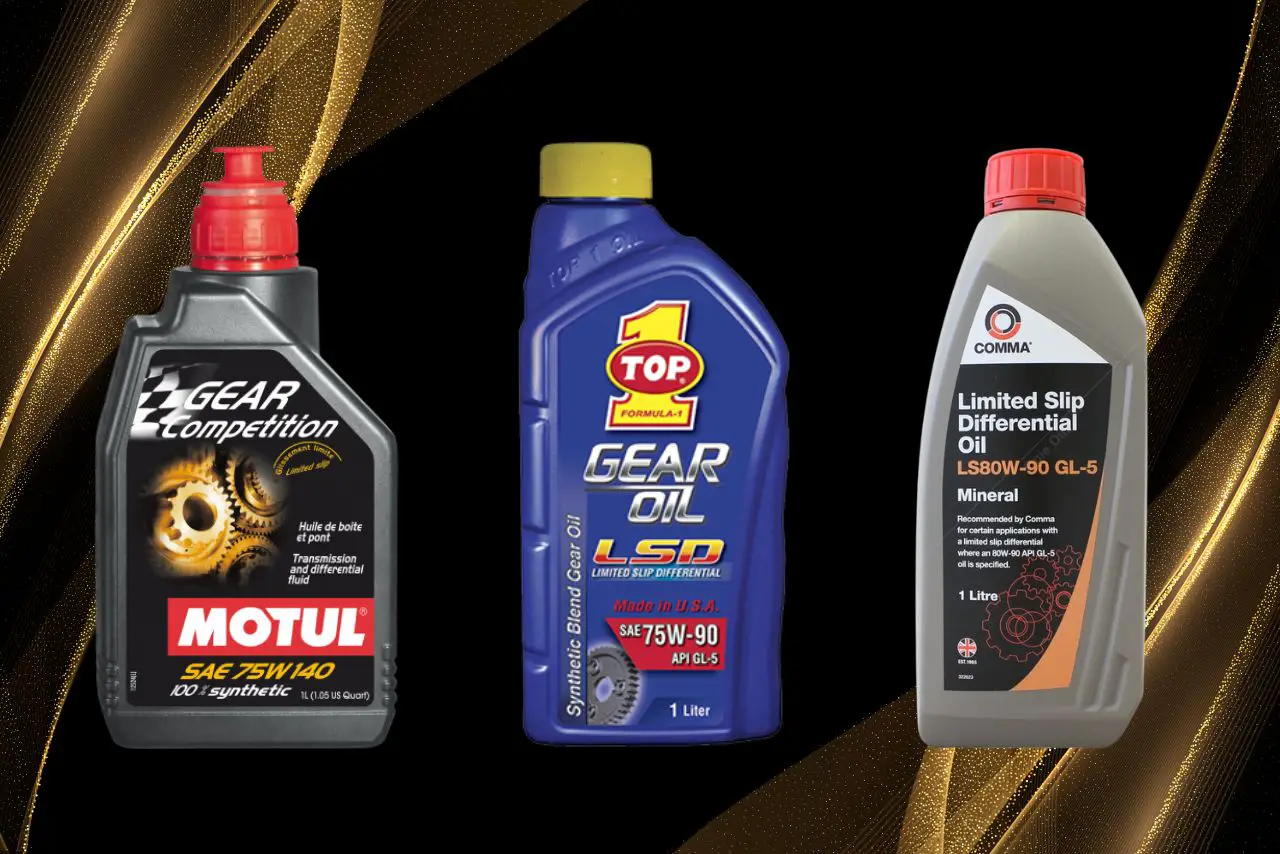
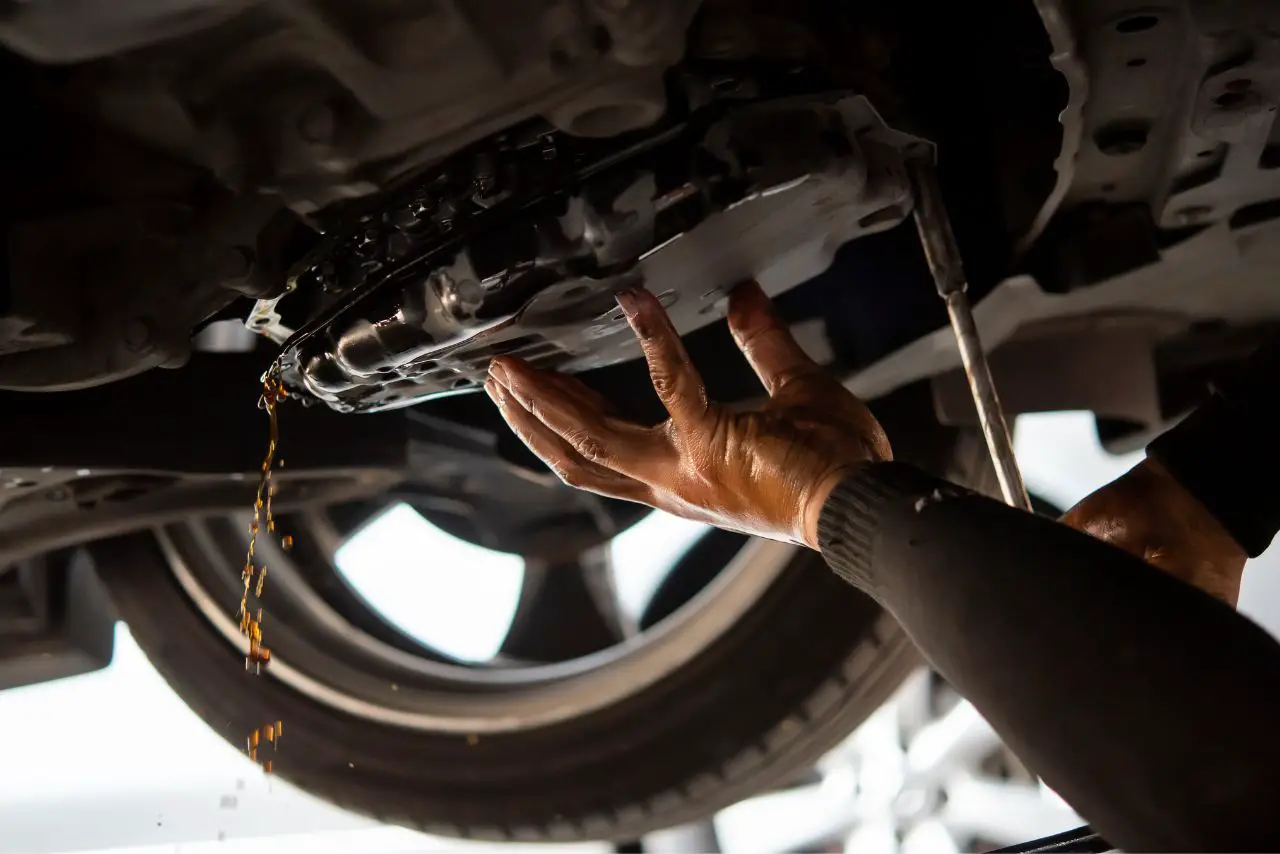
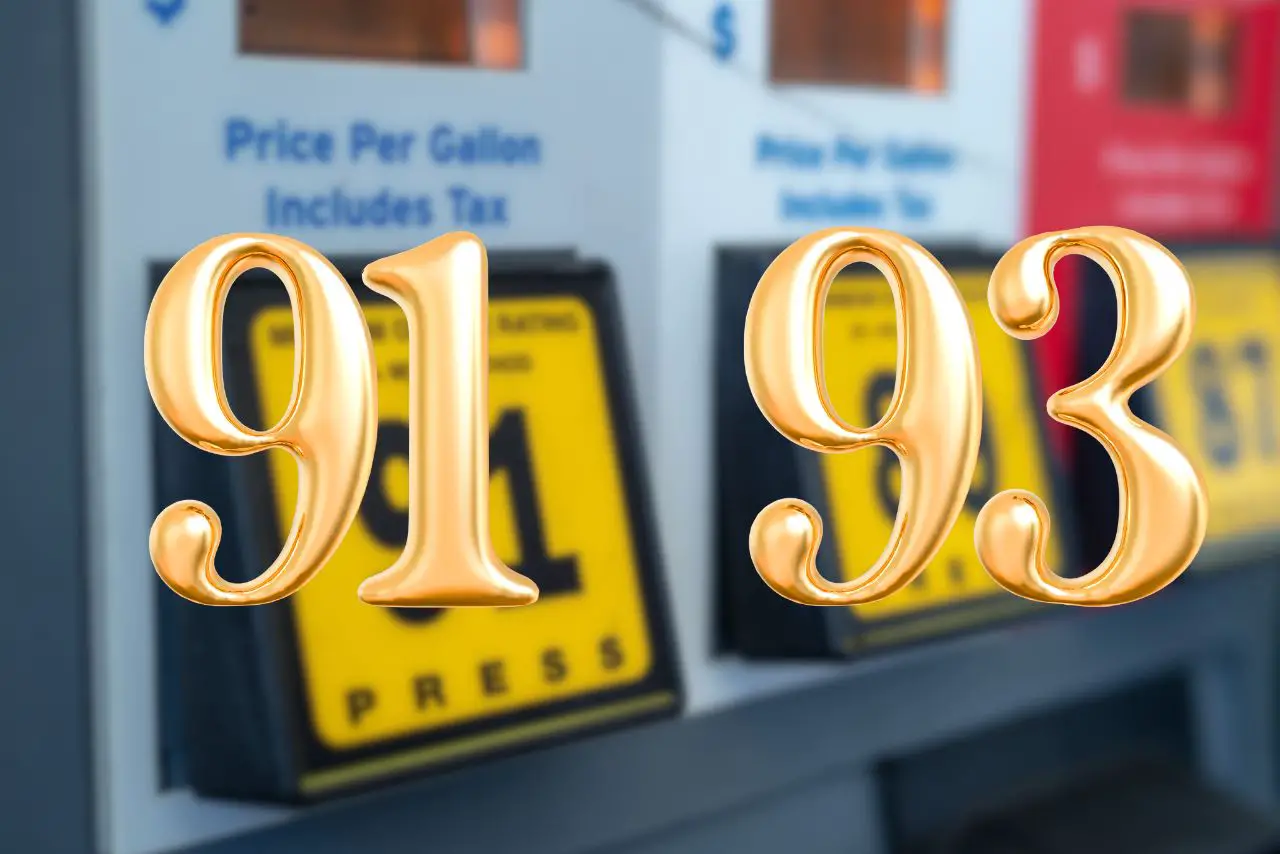
Leave a Reply